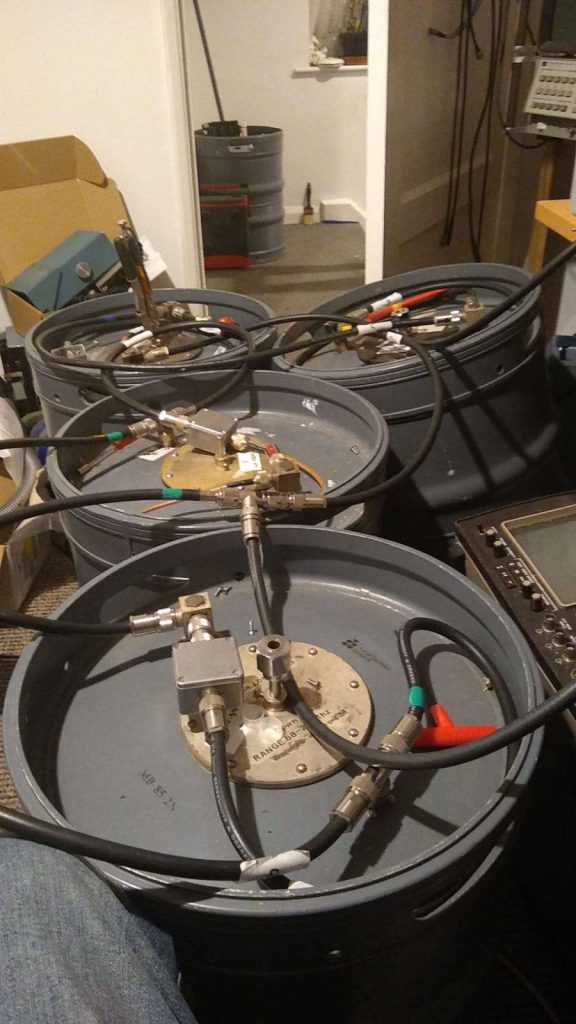The future is fun! As part of our linking project at Wymondham, we plan to grow into the Norwich too. These repeaters will be linked to GB3TX and consist of UHF base stations. See further down for locations and planned frequencies.
Why?
You will often hear the “we have enough repeaters” comment. While that is true, we plan on providing linking on top of the traditional repeater network. Our aim is to cover as much of Norfolk as possible, creating a local linked network. This brings local users together preventing silofication.
External linking
As always, we allow external linking. However the predominant use is for local repeaters in Norfolk. Repeaters will disconnect idle links and return to their ‘home’ connection.
Donations
We don’t often ask for money, most of our projects have been self funded. However in this case, things are starting to get expensive. Any donations are gratefully received. Please contact Jim M0ZAH via email (qrz.com).
Location, Callsign, O/P Frequency, I/P Frequency, Tone
Thorpe St Andrew MX0WVV 430.900 438.500 94.8
Horsham St Faith MX0WVV 430.925 438.525 94.8
